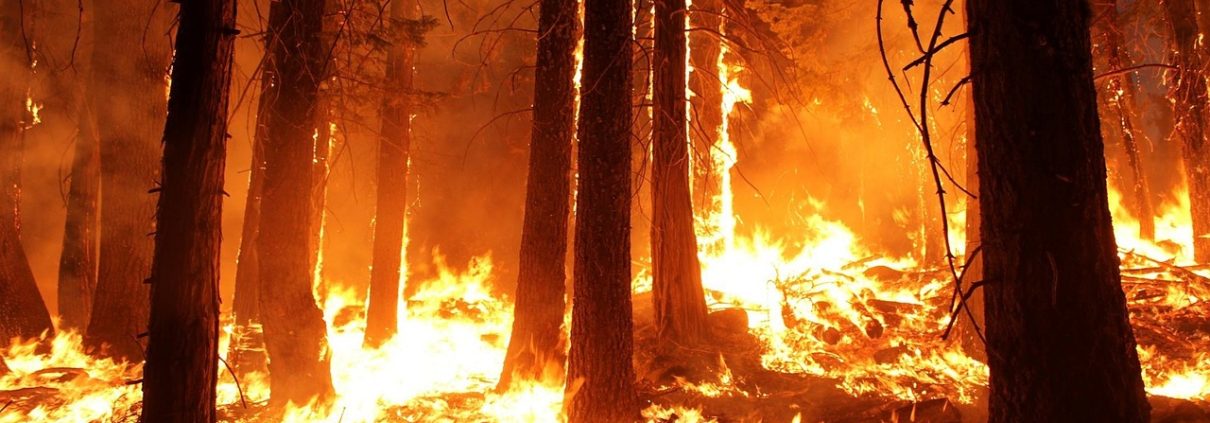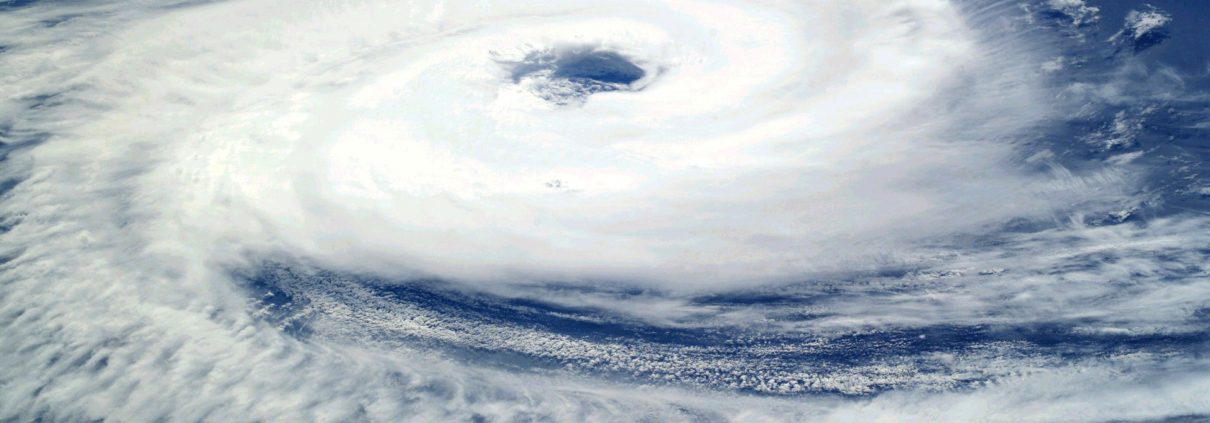How To Protect Your Land From Wildfires
Any land expert will tell you that wildfires are an occasional occupational hazard of the job and increasingly common natural disaster encountered by landowners. Without the right protection, wildfires can be the deadliest part of working with land or owning land. Last summer, over a million acres of land and 43 lives were lost to the devastating wildfires in California. While people are still figuring out how to prevent natural disasters, there are steps you can take today to protect yourself and protect your land from a wildfire.
Take Away the Tinder
No, not the dating site. During the wildfire season, be sure to regularly sweep away fire-happy materials such as dried leaves and pine needles around your property.
Create ‘Fuel Breaks’ On Your Property
Fuel breaks, such as gravel pathways or driveways, can act as a barrier to keep fire away from your property. An easy way to add a fuel break is by replacing woodchips or dried grass that is frequently used as pathways and instead use gravel or another fire-resistant material.
Decorate With Safety in Mind
Use fireproof or fire-resistant materials whenever you can. Here is a short list of some fireproof and fire-resistant materials to consider:
- Stone
- Concrete
- Treated limber plywood
- Mineral wool
- Potassium Silicate
These materials might not be as elegant as real wood, but they’ll help keep you safer in the face of danger.
Controlled Fires
Fire doesn’t have to be your enemy. Controlled fires are frequently used by forest management to get rid of underbrush to give budding plants more room and nutrients. Controlled fires are frequently used on properties with pine trees, as pine trees are resistant to fire.
By using controlled fires to burn away the debris, there will be less fuel for any potential wildfires to feed on. This will significantly reduce the damage to your land.
Trim Your Trees
Dead or low-hanging branches are the most venerable to wildfires. Be sure to always trim these branches, especially the trees near your house or farm. Then make sure to remove what you trim from the property.
Put Yourself First
Not to sound like your grandma, but in cases of natural disasters, you have to put your safety first. If a wildfire catches you by surprise, follow these steps after calling 911:
- If you are trapped inside, move towards a central room away from any exterior walls that might collapse on you.
- If you are outside, the wind is your best friend. Look where the wind is blowing. If the wind is blowing the fire away from you, run into the wind. If the wind is blowing the fire towards you, run perpendicular to the wind.
- Get to a place that’s already burned over. The fuel has already been burned up, so the chances the fire will return are slim to none.
- When escaping the fire, take downhill routes whenever possible. Thanks to updrafts, fire moves faster uphill.
We hope these tips will help keep you and your property safe from future wildfires. When going about your day-to-day life, remember that huge wildfires can be started by the simplest things, like leaving a campfire burning on a dry day or leaving a lit cigarette by old trees. Make Smokey the Bear proud!
About the Author: Laura Barker is a Marketing Assistant Intern for the REALTORS® Land Institute. She graduated from Clark University in May 2017 and has been with RLI since October 2017.
is a Marketing Assistant Intern for the REALTORS® Land Institute. She graduated from Clark University in May 2017 and has been with RLI since October 2017.


